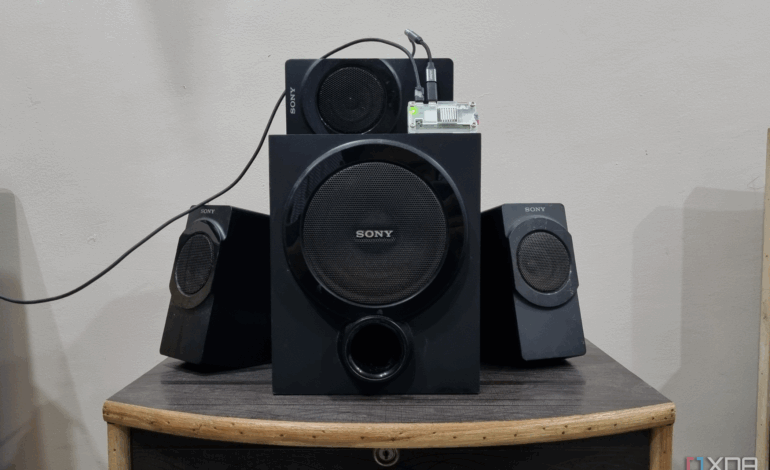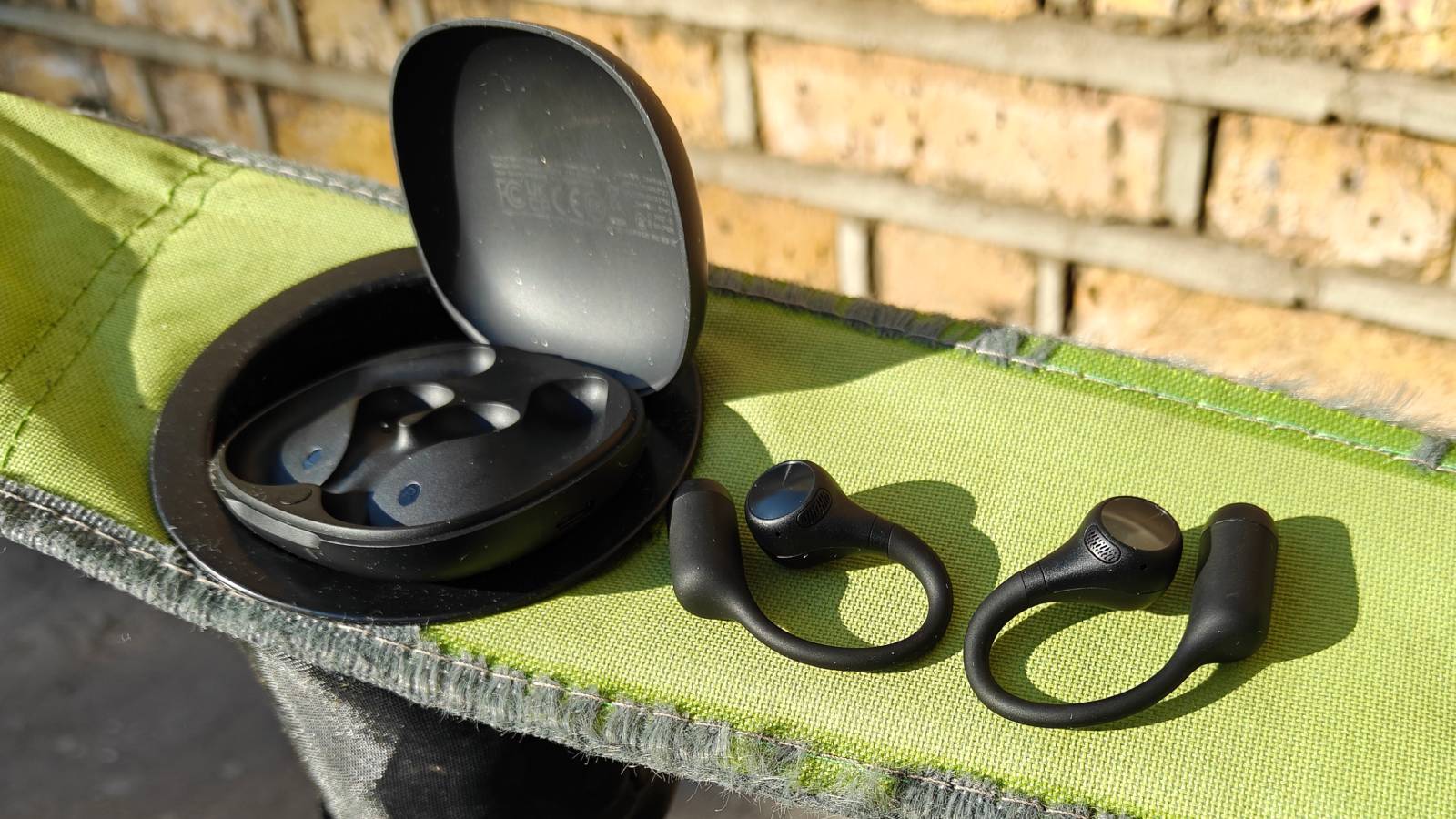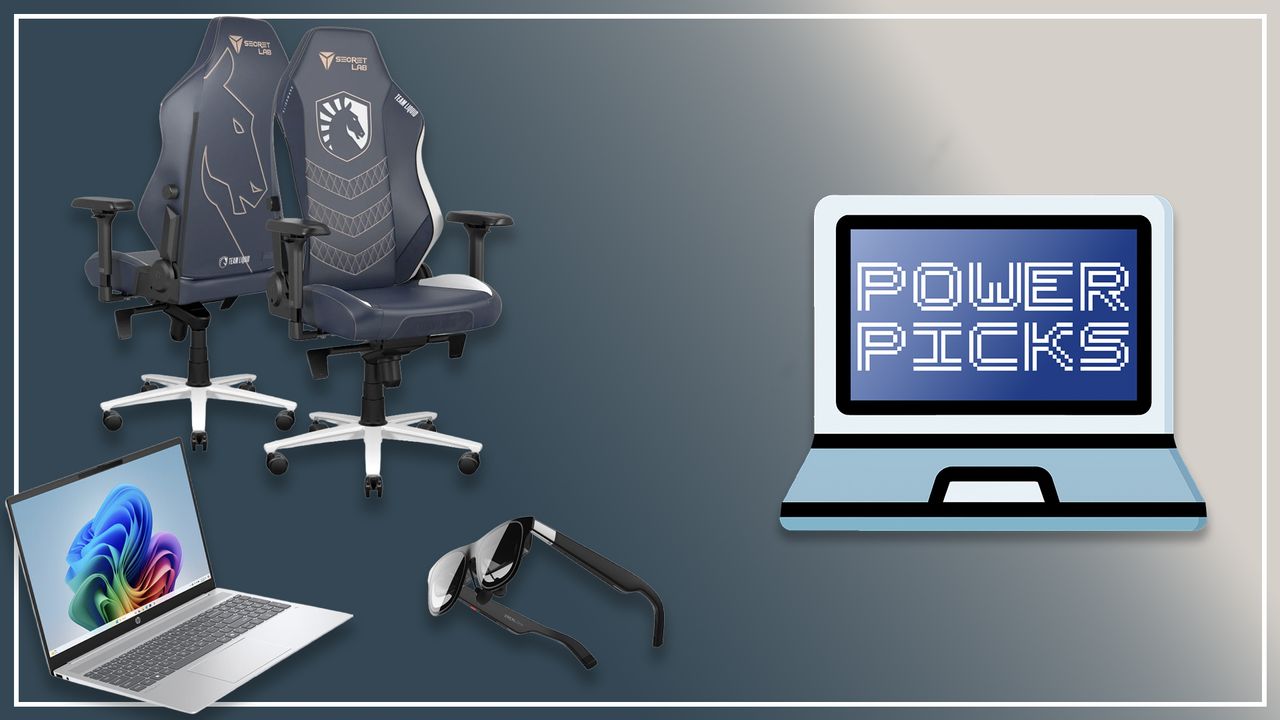Transforming Old Hi-Fi Speakers into Bluetooth with Raspberry Pi

Repurposing outdated technology can breathe new life into devices that still hold value. A tech enthusiast recently transformed an old Sony speaker system into a Bluetooth-capable unit using a Raspberry Pi Zero 2W. This innovative project not only modernized the speaker but also provided a more convenient way to enjoy music without the limitations of wired connections.
The speaker system, which only supports AUX cable output, had been gathering dust, while the owner relied on a separate Tribit speaker for wireless audio. The challenge lay in integrating Bluetooth functionality without extensive hardware modifications. The enthusiast opted for the Raspberry Pi Zero 2W, a cost-effective and versatile single-board computer, known for its impressive performance relative to its price.
To connect the speaker to the Raspberry Pi, the creator used a micro USB to USB-C adapter along with an audio Digital-to-Analog Converter (DAC) that is compatible with their Samsung Galaxy S21 FE. This setup eliminated the need for invasive alterations to the speaker itself, allowing for a straightforward connection via AUX without any soldering.
Setting Up moOde Audio OS
The choice of operating system was crucial for the project’s success. The creator selected moOde Audio OS, a dedicated audio streaming platform built on Raspberry Pi OS Lite. The installation process involved flashing the OS onto an SD card using the Pi Imager tool. This software enables users to set up their Raspberry Pi quickly, including pre-configuring Wi-Fi and SSH settings for a headless setup.
Once the SD card was inserted into the Raspberry Pi and the device booted up, the enthusiast accessed the web interface by entering the Pi’s IP address in a browser. Initial attempts to play audio resulted in silence, as the operating system defaulted to HDMI for audio output. To resolve this, the user navigated to the audio settings, selected the USB DAC, and adjusted the volume, ultimately achieving successful playback.
Achieving Bluetooth Functionality
The next objective was enabling Bluetooth connectivity. After ensuring that the necessary packages were installed, the creator activated the Bluetooth controller within the moOde settings. This step allowed the Raspberry Pi to pair with devices, such as smartphones. A successful connection was established, verified by streaming audio from a YouTube video.
The entire process took just a few hours, demonstrating the feasibility of upgrading older speakers with modern technology. The resulting system not only provided wireless playback but also maintained acceptable audio quality. For those with similar unused AUX-only speakers, this project highlights an affordable option for modernization using a Raspberry Pi Zero 2W and moOde Audio OS.
In conclusion, this project exemplifies how technology enthusiasts can creatively repurpose existing equipment, ensuring that outdated devices continue to serve a purpose in today’s digital landscape.






